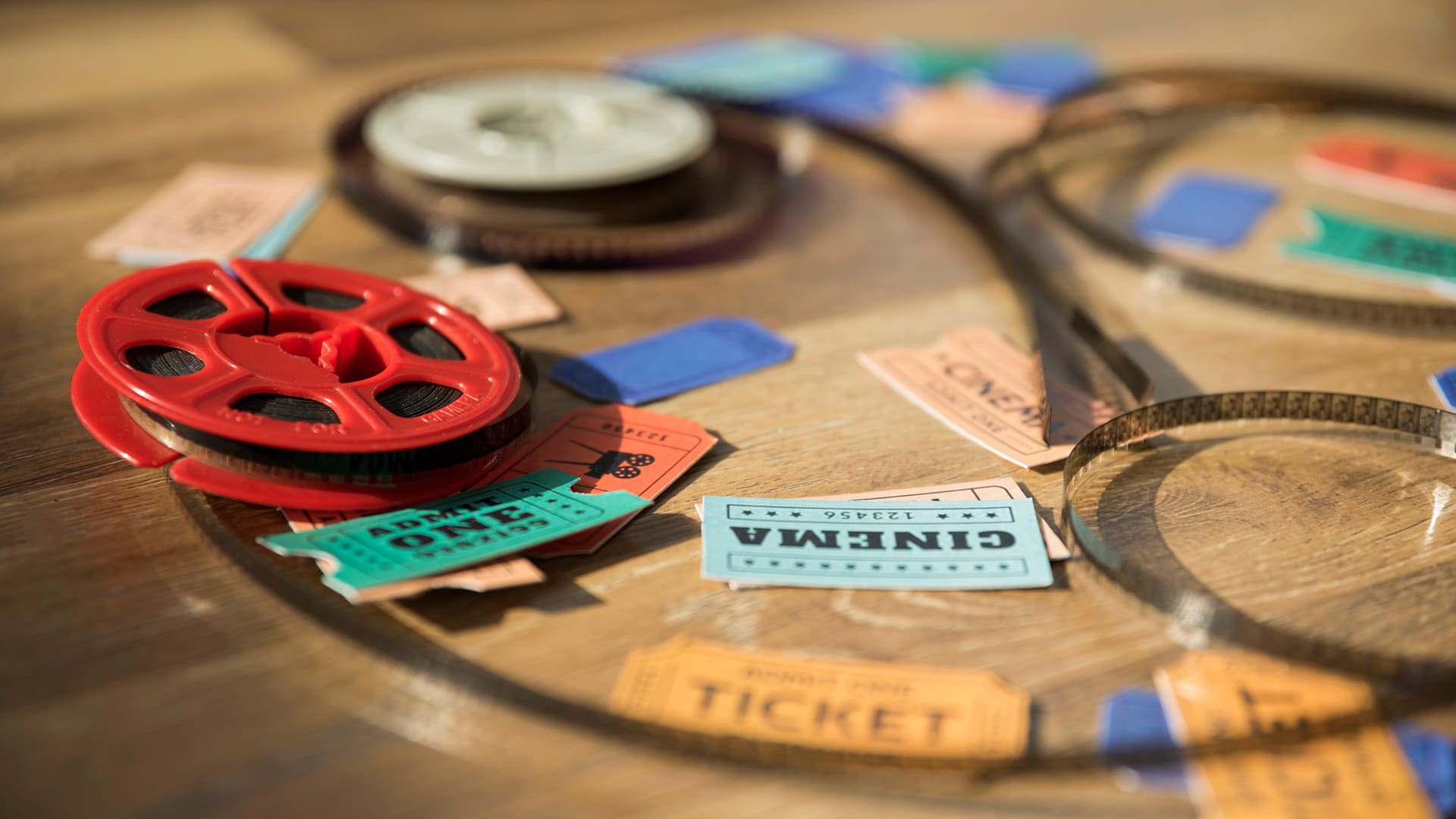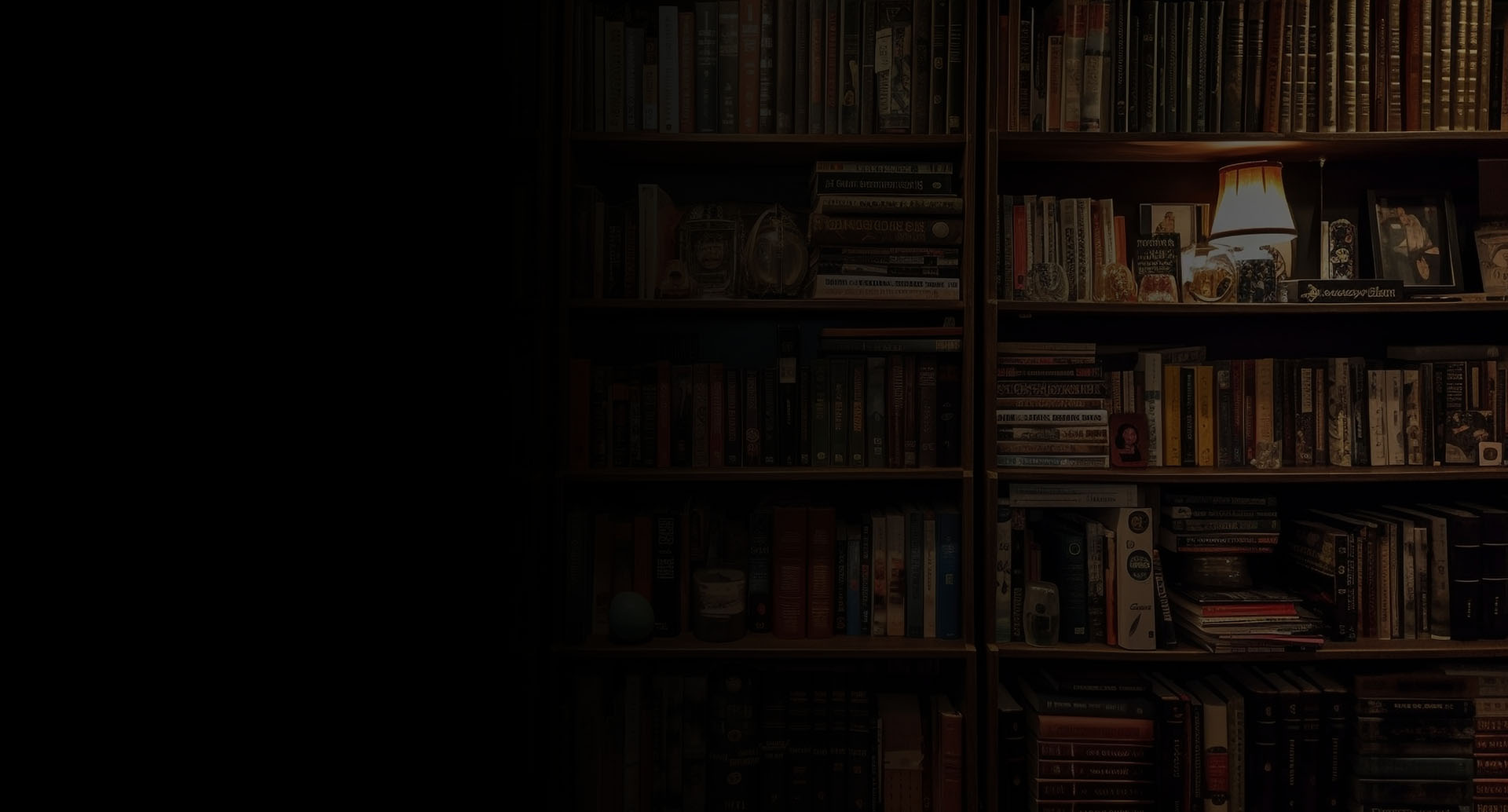
Imagine sitting in a movie theater, the lights dim, and suddenly a trailer begins. Within seconds, you’re on the edge of your seat. Your heart races. You forget to blink. And by the time it ends, you’re already planning your trip to the cinema.
That’s the power of a great movie trailer.
But here’s the thing: Not all trailers work. Some leave you confused. Others spoil the whole plot. A few even make a great movie look boring.
So, what separates the unforgettable trailers from the ones you forget before the lights come back on?
This isn’t just about cutting together clips. It’s about psychology, storytelling, and timing. It’s about knowing exactly what to show and what to hide.
In this post, we’ll break down:
- How the best trailers manipulate emotions (and why it works).
- Real examples of trailers that changed movies forever (for better or worse).
- The step-by-step process of crafting a trailer that hooks audiences.
- Mistakes that ruin trailers (and how to avoid them).
- The future of trailers in a world where attention spans are shrinking.
By the end, you’ll understand not just how trailers are made but why the best ones feel like magic.
The Psychology of a Perfect Movie Trailer
A movie trailer isn’t just a preview; it’s a mini-movie designed to trigger emotions, create curiosity, and leave you wanting more.
1. The First 5 Seconds: Make Them Count
Studies show that viewers decide whether to keep watching within the first 5 seconds. The best trailers grab attention immediately with:
- A bold visual (a spaceship exploding, a hero’s silhouette).
- A provocative question (“What if you could erase your worst memory?”).
- A jarring sound (a scream, a gunshot, sudden silence).
Example: The trailer for Dunkirk opens with a soldier running on a beach, gunfire ringing out. No dialogue. No explanation. Just pure tension, and it works.
2. The Setup: Introduce the World (Without Spoiling It)
Once you’ve hooked the audience, the next 30 seconds should introduce the characters, conflict, and stakes without giving away the plot.
Example: The Social Network’s trailer doesn’t show a single line of code. Instead, it focuses on Mark Zuckerberg’s ambition, betrayal, and loneliness, making a tech story feel deeply human.
3. The Payoff: Leave Them Wanting More
The last 45 seconds should build to a climax—a big reveal, a shocking moment, or a tagline that lingers.
Example: Avengers: Infinity War’s trailer ends with Thanos smiling as the screen fades to black. No dialogue. Just pure menace. Fans lost their minds, and the movie broke box-office records.
4. Music and Sound: The Invisible Storyteller
The right music and sound design can make or break a trailer. Think:
Epic orchestral scores for action (Inception’s BRAAM).
Eerie silence for horror (A Quiet Place).
Nostalgic hits for comedy (Guardians of the Galaxy).
Example: Joker’s trailer uses a slow, haunting cover of “Smile” no dialogue, just chills.
Trailers That Changed the Game (For Better or Worse)
Some movie trailers don’t just promote a film, they become cultural moments. Here’s how a few redefined movie marketing:
1. The Dark Knight (2008) – “Why So Serious?”
- What It Did: Never showed the Joker’s face, just his voice and chaos.
- Why It Worked: Teased the villain without spoiling his look, making the theatrical reveal even more impactful.
- Result: The trailer broke the internet (for 2008) and set a new standard for superhero hype.
2. Inception (2010) – The BRAAM Effect
- What It Did: Used Hans Zimmer’s deep, pulsating “BRAAM” to create tension without dialogue.
- Why It Worked: The sound became so iconic that other trailers copied it for years.
- Result: Made the movie’s complex plot feel thrilling, not confusing.
3. Get Out (2017) – The Art of the Tease
- What It Did: Showed just enough horror to intrigue, no spoilers.
- Why It Worked: Let the mystery breathe, making audiences desperate to see the full story.
- Result: The film became a cultural phenomenon.
4. Cats (2019) – A Cautionary Tale
- What It Did: Tried to be whimsical but ended up terrifying.
- Why It Failed: The uncanny valley visuals turned excitement into internet memes.
- Result: The trailer overshadowed the movie for all the wrong reasons.
The 5 Biggest Mistakes That Ruin Movie Trailers
Not all trailers hit the mark. Here are mistakes that make audiences lose interest:
1. Showing Too Much
Trailers that spoil major plot points kill the mystery.
Example: The Amazing Spider-Man 2’s trailer showed too many villains, making the movie feel overstuffed.
2. No Clear Story
If a trailer jumps between random scenes without explaining the plot, audiences get confused, not excited.
Example: Suicide Squad (2016) had cool visuals but no clear story, leaving fans unsure what the movie was about.
3. Mismatched Tone
A horror movie shouldn’t use upbeat pop music, and a rom-com shouldn’t feel like a thriller.
Example: Fantastic Four (2015) had a weak, tonally inconsistent trailer, making the movie seem lifeless.
4. Weak Opening or Closing
The first 5 seconds and last shot are most memorable. If they’re boring, the whole trailer suffers.
Example: The Room’s trailer is so awkwardly cliché that it became a cult joke.
5. Overusing Clichés
Phrases like “In a world…” or “This summer… everything changes” feel tired. Fresh trailers avoid generic lines.
Example: The Last Airbender’s trailer used too many clichés, making the movie seem unoriginal before it even released.
Need a movie trailer that captivates audiences and builds buzz? Fleck Publisher crafts high-impact trailers that hook viewers and drive excitement. Contact us today to bring your film’s vision to life!
How to Craft a Movie Trailer That Stands Out
For filmmakers and marketers, creating a great trailer is both an art and a science. Here’s how to do it right:
Start with the Core Story
- What’s the main conflict?
- Who is the hero? The villain?
- What makes this film unique?
Tip: If the movie’s plot is complicated, focus on the emotional hook (e.g., Inception’s “Your mind is the scene of the crime”).
Pick the Right Music
- Action? Epic orchestral scores.
- Horror? Eerie silence or slow builds.
- Comedy? Upbeat, fun tracks.
Tip: Use temp music first, then commission original scores if needed.
Structure It Like a Mini-Movie
- Hook (0:00-0:05): Grab attention.
- Setup (0:05-0:30): Introduce the world.
- Payoff (0:30-1:30): Show the stakes.
- Climax (1:30-2:00): End with a bang.
Use Sound Design Wisely
- Silence can be more powerful than music.
- Sound effects (a sword unsheathing, a door creaking) add realism.
Example: A Quiet Place’s trailer used almost no music, just breathing and footsteps, making it terrifying.
Tease, Don’t Spoil
- Show mood, not plot.
- Hint at conflicts, but don’t resolve them.
- Avoid revealing the ending.
Test It with Real Audiences
- Show it to a small group, do they understand the story?
- Watch their reactions—do they gasps, laugh, or lean in?
- Ask: “What do you think this movie is about?” If answers don’t match the film, revise.
Optimize for Different Platforms
- Theatrical trailer (2+ minutes).
- TV spot (30 seconds).
- Social media (15-60 seconds, vertical format).
Drop It Strategically
- Big movies: Release during major events (Super Bowl, Comic-Con).
- Indie films: Use film festivals or niche communities.
- All films: Tease with a “trailer for the trailer” to build anticipation.
Final Thoughts!
The Trailer Is the Movie’s First Impression
A movie trailer isn’t just an ad, it’s the first chapter of a film’s story. In two minutes or less, it must:
- Grab attention (with a strong hook).
- Introduce the world (without spoiling the plot).
- Make audiences feel something (excitement, fear, nostalgia).
- Leave them wanting more (with a memorable final shot).
The best trailers don’t just sell a movie, they create an experience. They turn casual viewers into die-hard fans before the film even hits theaters.
In a world where attention spans are shrinking, mastering the art of the movie trailer is more important than ever. Whether it’s a blockbuster, indie film, or short project, a well-crafted trailer can be the difference between obscurity and legend.

